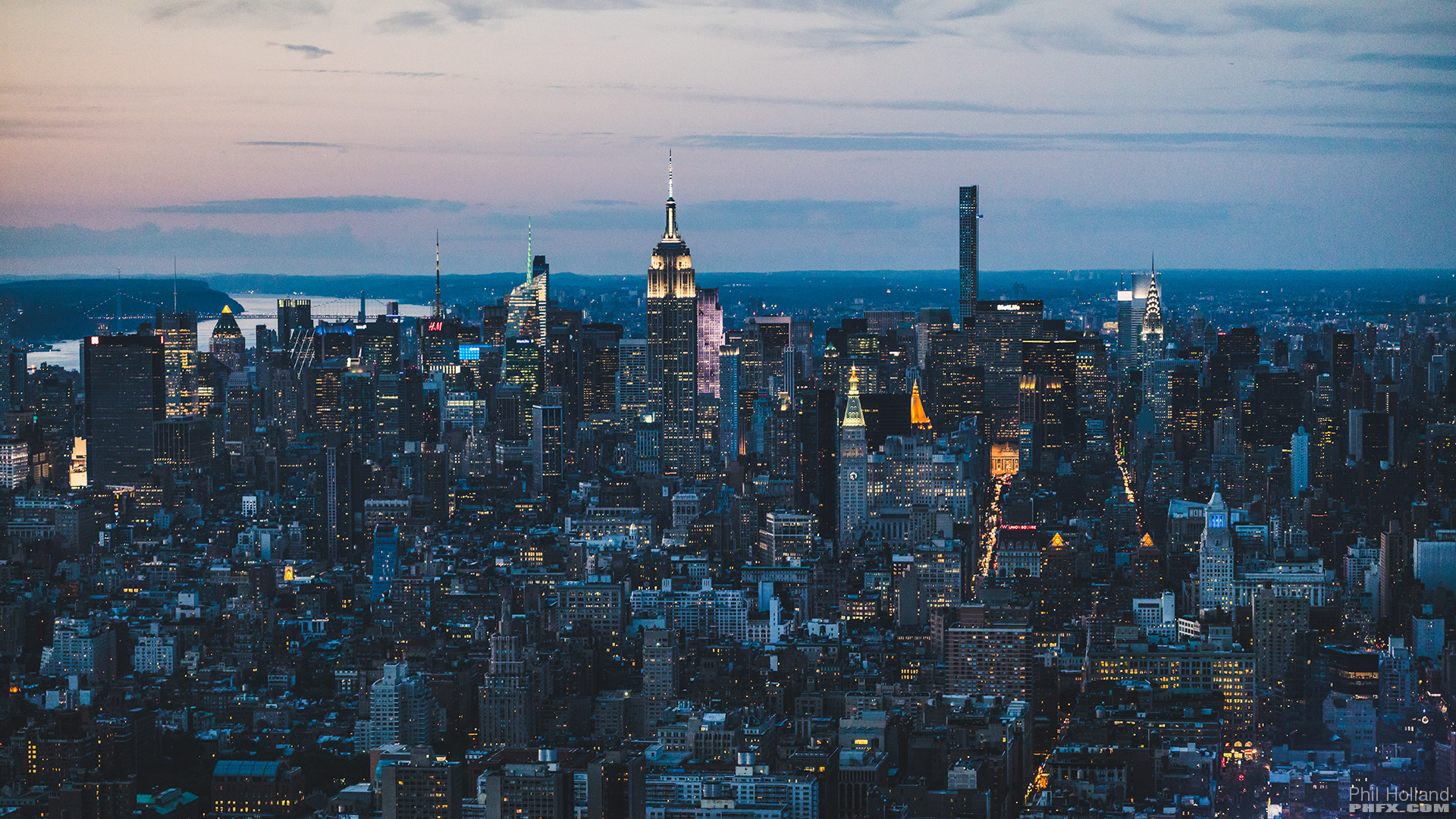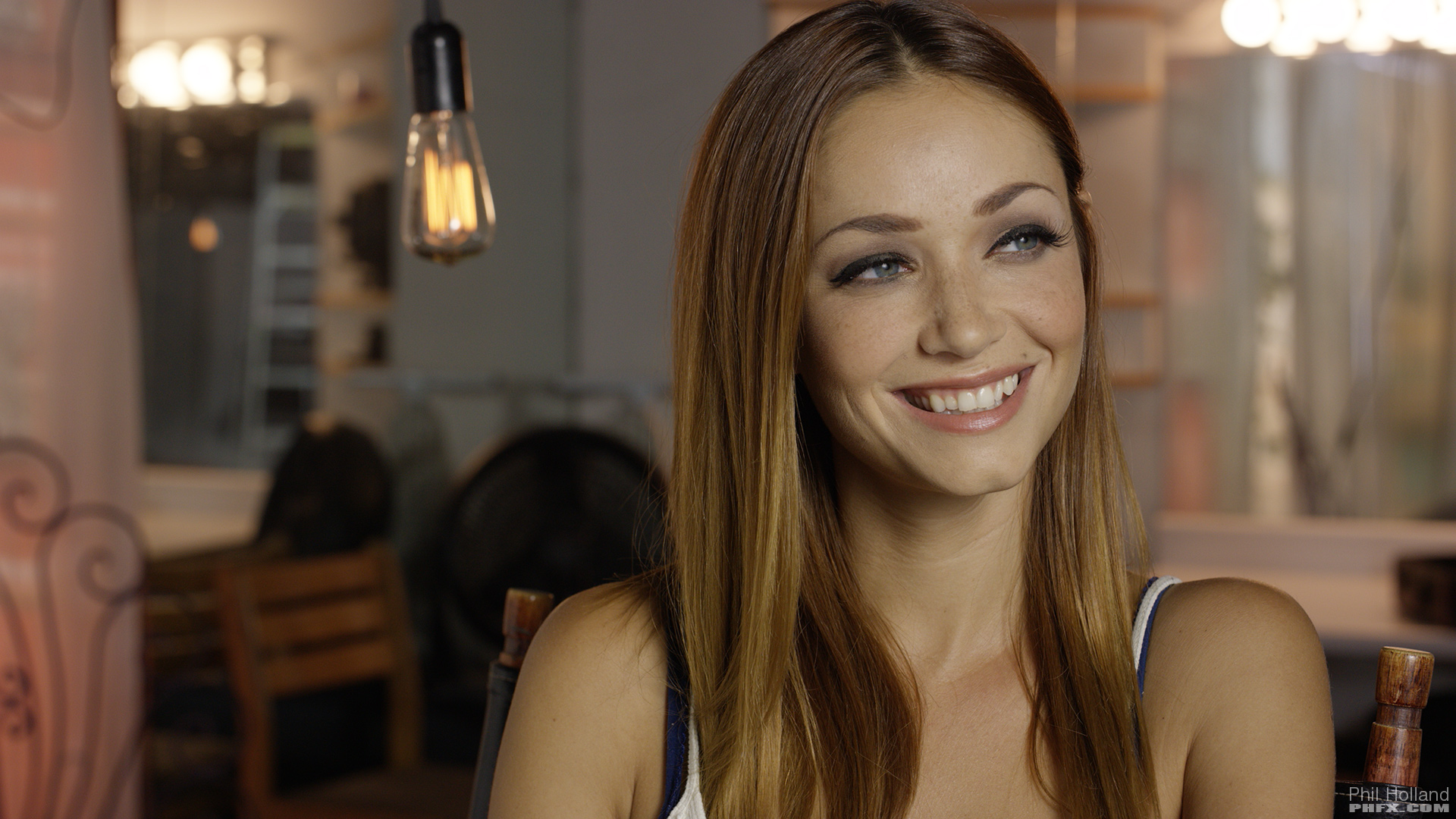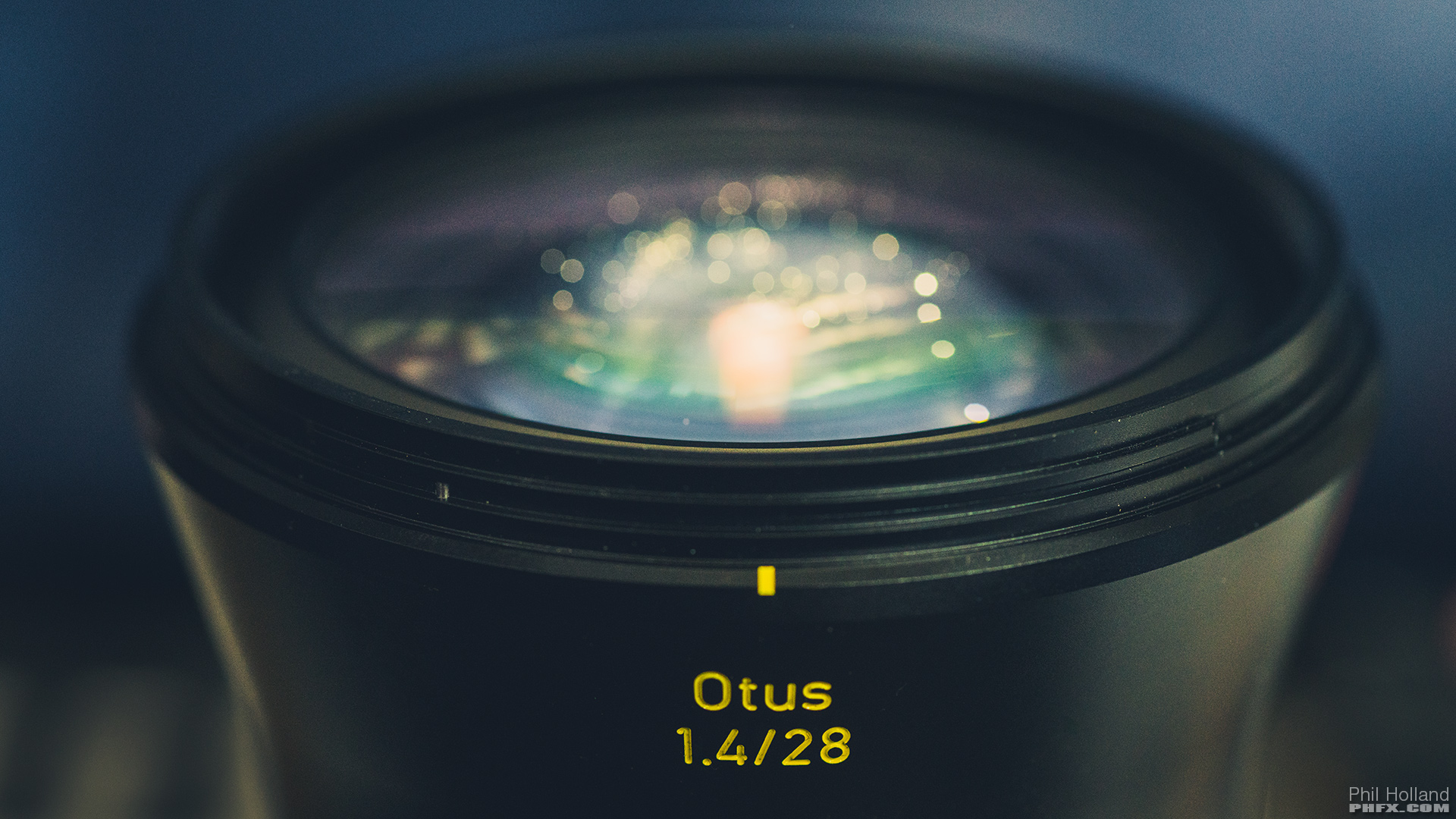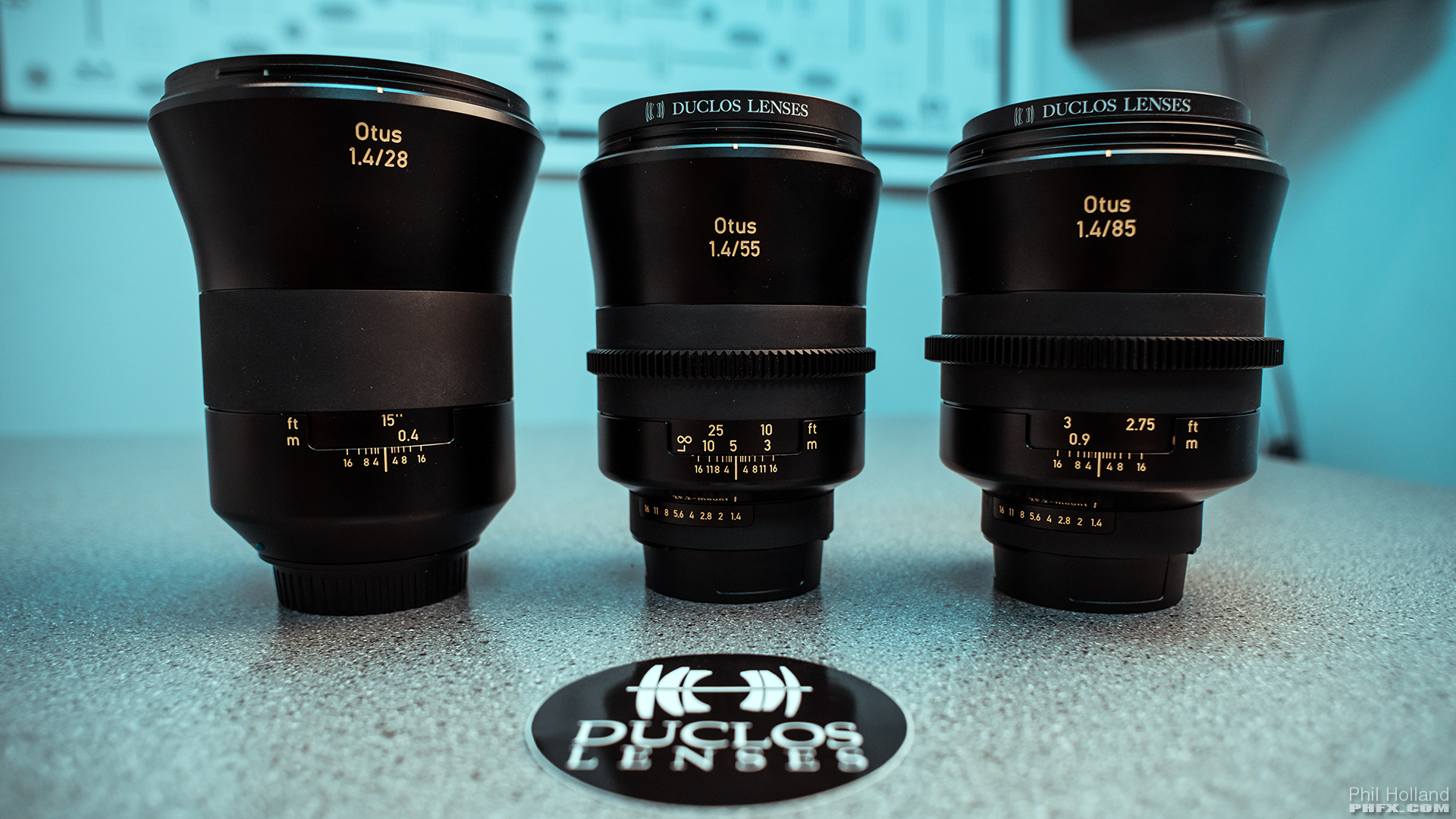These last few years have been a very special imaging journey. Camera and lens technology has advanced greatly while I've been presented with some unprecedented shooting opportunities around the globe. The clear focus for much of my motion and still work as of late has been to create the highest possible quality image while maintaining a sense of artistry to the frame. That concept is pretty much what attracted me to the first Otus lens. Now that the Otus line-up has expanded to three focal lengths I thought I'd share a few thoughts and images from the 28, 55, and 85mm Otus Primes as they are three of the most extraordinary lenses I've used in some time.

I looked at the 55mm f/1.4 back in 2013 and it was a pretty instant reaction when I first got my hands on it. When inspecting the images themselves I saw imediately that the 55mm was a very different type of lens design and understood the message of what Zeiss was hoping to achieve with this "best ever" concept. The build quality was robust and used a new design aesthetic that Zeiss has since applied to not just the other Otus primes, but the new Milvus primes as well. A design that feels great in the hand when shooting.

In 2014 the 85mm f/1.4 Otus was shown to me and once again it was something very, very impressive. Which is not an easy thing to say as there are so many wonderful 85mm lenses out there. But that newer 85mm remained true to what I feel Otus is all about and has produced some exceptional detail rich images.

In 2015 I took a hard look at my cameras selection and where I wanted to go with my images. Things have changed a lot when it comes to resolution, sensors, and what it takes to get the most out of a camera. Cinematography-wise I've been working at 6K resolution since 2013 with my RED Epic Dragon and more recently Weapon cameras. In 2016 I begin to shoot on the 8K RED Weapon with a FF35+ sized sensor. Also in 2015, I added the 50 megapixel Canon 5DsR and 42.4 megapixel Sony A7RII to my kit. To fully explore these higher resolution FF35 and slightly beyond sensor sizes I decided to add the Otus primes to my arsenal of gear with the full intent of using them for motion and still work. The cameras as well as the displays have evolved and I wanted bring what I was capturing closer to the audience if possible.

There has been something missing from the Otus line-up however. And that has been a wide angle lens to compliment the other two Otus primes. For my way of working it's pretty fundamental to have a wide, normal, and telephoto options for motion and still work. A wide was very much needed. And fortunately that time has come.

Late 2015 and during the first moments of 2016 I was fortunate to spend time with the newest Otus prime, the 28mm f/1.4, about two months before it's release no less. 28mm is fascinating focal length that brought me back about 16 years as it was a focal length I used a great deal during the beginning of my professional career.
After performing a quick round of technical tests I wanted to go out and get some real world shooting in. I'm based out of Los Angeles and probably have driven by the Walt Disney Music Hall a thousand times,. I've always been a fan of Frank Gehry's tremendous design and have wanted to take a few hours to walk around the building and take in it's unique architecture. I packed up the Otus 28mm and my Sony A7RII and made way to Downtown Los Angeles on a brisk winter day.
Shortly into exploring the grounds I saw a an opportunity to shoot an interesting series of images that emphasized the moderately disorienting quality of the structure's shape and form, focusing on unique compositions, while chasing interesting light play that bounces off of the hall's stainless steel exterior.
That landed somewhere between an abstract, landscape, and architectural shoot for me. As this was my first real world test with the lens I spent a great deal of time focused on what the 28mm Otus was doing as much as the compositions themselves. This was all shot in the range of f/1.4-f/10 apertures, with most exposures around f/2.8-f/5. This particular subject matter served as a bit of a stress test and did indeed show off some of the tremendous strengths of having such high quality wide angle prime lens. It's very impressive that with such a specular and shiny material such as steel that the 28mm maintains minimal chromatic aberrations. I've never experienced quality like this from a full frame wide angle prime before. It's also presenting pretty minimal geometric distortion, which is very nice for subject matter like this.
After that I took a short trip to Jerome, Arizona and brought all three Otus primes with me. But really what this gave me was the opportunity to explore other types of subject matter with the 28mm Otus while discovering a new beautiful and extremely small town.

I've been fairly curious to see exactly how the 28mm held up for portraiture. When it comes to Full Frame 35mm shooting I'm willing to go as wide as 20-24mm before the wide angle distortion becomes extremely distracting for this sort of portrait, and at those wider lengths you have to frame carefully. I found a bladesmith hammering away on the anvil named Ray near the Gold King Mine and after a short pleasant conversation my interest in shooting his portrait grew quickly. What does impress me about this particular portrait is not only how Ray and the out of focus image has been rendered, but the daylight rim light coming through does not have any chromatic aberrations whatsoever and this was shot wide open. That is truly stunning.

The big question for me was if the 28mm Otus fits what I think the Otus series is all about. Classifying the Otus lens character for me builds on what Zeiss lenses has been known for, but should take these qualities to a new level. I would define the main Otus properties as high resolving, thick contrast, vibrant-yet-neautral color rendering, nearly no geometric distortion, a very pleasing out of focus (bokeh), optical correction with nearly no aberrations, and a high level of micro-contrast/acutance. This adds up to a combination we haven't seen in any optical design before really.

After firing off a few hundred shots with the 28mm it does indeed pair well with the 55mm and 85mm look. Which is a huge deal for me. The added bonus is the 28mm can focus just a hair below 12 inches, which comes in handy for shots like this. The out ot focus bokeh is indeed on par with the "pillowy smoothness" I've come to enjoy from the other two Otus primes.

Quickly when shooting with all three Otus primes you realize that you are getting a very high quality image when using the lens wide open at f/1.4. This can certainly challenge some shooting methods and inspire a bit of experimentation to explore exposures that you wouldn't normally shoot at wide open. In some circumstance this isn't something I'd dare with other lenses. Especially with subject matter with reflective chrome, however, the Otus lenses show perhaps some of their greatest features wide open and it's lovely to explore all three at f/1.4.

The separation between the in focus subject matter and the out of focus bokeh is unique and beautiful on these Otus primes. There's a three dimmensional pop to the images that come from these lenses at all apertures.

The very first shot I took with my Otus 55mm f/1.4 in Hollywood was at f/2 of a motorcycle on the sidewalk and the draw of the lens with it's smooth roll-off to the out of focus image very much impressed me. That detailed to smooth bokeh transition is a characteristic among all three Otus lenses.

The additional strength of the faster aperture of f/1.4 enhances their ability to capture images in low light. This particular image of a girl stringing the leis was photographed just after sunset as the dim dusk lit sky was just about at last light.

When not shooting at faster speeds, stopping the aperture down reveals a stunning level of detail across the entire frame. I shot an entire set of detailed cityscapes that produced a stagggering amount interesting bits that look incredible when printed large. Those little nuggets add so much to bringing the viewer into the image.
![]()
I'm relieved now that the 28mm Otus exists and fits in the lineup so well. As a cinematographer and its so very important to have a usable set of glass if you are going to maintain consistency on a shoot. As a still photographer having that flexibility in regards to focal length and still producing the look you're after is equally as important.
The engineers at Zeiss have taken their time to create a fantastic trio of lenses with the Otus series. There truly isn't anything else like these three lenses out there. The Otus image quality and build quality will stand up for years as camera technology progresses further. I have a feeling I'll be shooting with these Otus primes for decades to come.

I'd like to add a special thanks to Zeiss for loaning me the prototype Otus 28mm f/1.4 lens so I could get an early understanding of exactly what it could do. Also, a big thanks to Duclos Lenses who first introduced me to the Otus primes and also does all of the Cine-Mod work for my various lenses that need modification for motion picture use.